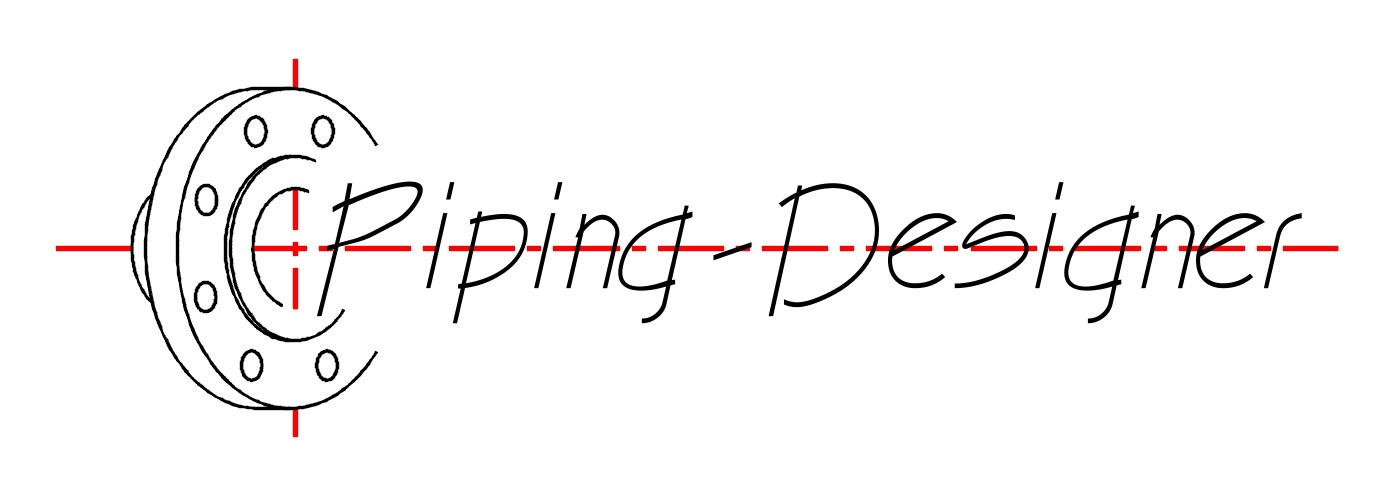Impulse-Momentum Theorem
Impulse-Momentum Theorem formula
|
||
|
\( F \cdot \Delta t \;=\; m \cdot \Delta v \) (Impulse-Momentum) \( F \;=\; \dfrac{ m \cdot \Delta v }{ \Delta t }\) \( m \;=\; \dfrac{ F \cdot \Delta t }{ \Delta v }\) \( \Delta v \;=\; \dfrac{ F \cdot \Delta t }{ m }\) \( \Delta t \;=\; \dfrac{ m \cdot \Delta v }{ F }\) |
||
| Symbol | English | Metric |
| \( F \) = Force | \(lbf\) | \(N\) |
| \( m \) = Mass of the Object | \(lbm\) | \(kg\) |
| \( \Delta v \) = Change in Velocity | \(ft\;/\;sec\) | \(m\;/\;s\) |
| \( \Delta t \) = Change in Time | \(sec\) | \(s\) |
The impulse experienced by an object is related to the change in its momentum when a force is applied. The impulse-momentum theorem states that the impulse, abbreviated as J, experienced by an object is equal to the change in its momentum, abbreviated as \({\Delta p}\). This relationship can be expressed as \({ J = \Delta p}\). If a force ( \({F}\) ) is applied to an object for a certain duration ( \({\Delta t}\) ), the impulse experienced by the object is given by \({ J = F \; \Delta t}\).

